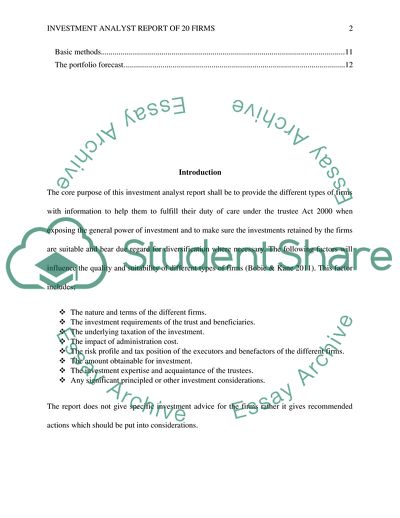Cite this document
(Investment analyst report of 20 firms Assignment, n.d.)
Investment analyst report of 20 firms Assignment. https://studentshare.org/finance-accounting/1863911-investment-analyst-report-of-20-firms
Investment analyst report of 20 firms Assignment. https://studentshare.org/finance-accounting/1863911-investment-analyst-report-of-20-firms
(Investment Analyst Report of 20 Firms Assignment)
Investment Analyst Report of 20 Firms Assignment. https://studentshare.org/finance-accounting/1863911-investment-analyst-report-of-20-firms.
Investment Analyst Report of 20 Firms Assignment. https://studentshare.org/finance-accounting/1863911-investment-analyst-report-of-20-firms.
“Investment Analyst Report of 20 Firms Assignment”. https://studentshare.org/finance-accounting/1863911-investment-analyst-report-of-20-firms.


